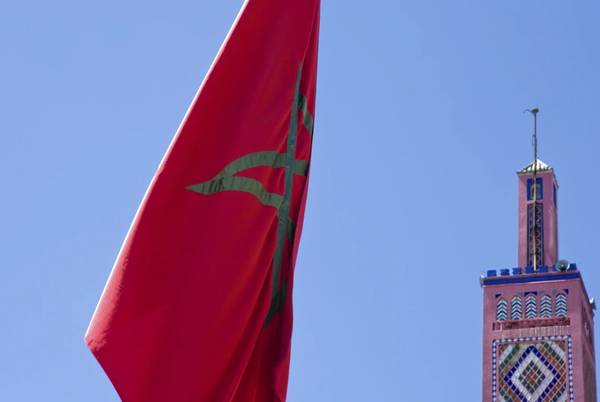
UK based independent Chariot Oil & Gas announced Wednesday it has been awarded a 75% interest and operatorship of the Lixus license offshore Morocco. The country's Office National des Hydrocarbures et des Mines (ONHYM) will hold the remaining 25% stake.
The Lixus licence covers an area of approximately 2,390 square kilometers, ans is located 30 kilometers north of Chariot’s existing Moroccan acreage (Mohammedia and Kenitra), with water depths ranging from the coastline to 850 meters.
Chariot said the initial licence commitment, for which the company is fully funded, includes a technical program of 3D seismic reprocessing and evaluation to access the additional exploration potential of Lixus, which has already been subject to earlier exploration with legacy 3D seismic data covering approximately 1,425 square kilometers and four exploration wells, including the Anchois gas discovery made by Repsol just over 10 years ago.
The Anchois-1 well was drilled in 2009 to a total depth of 2,435 meters in 388 meters water depth some 40 kilometers from the coast and encountered an estimated net gas pay of 55 meters in two sands with average porosities ranging from 25% to 28%. A new independent audit of this discovery by Netherland Sewell and Associates Inc. (NSAI) estimates a 2C contingent resource of 307 billion cubic feet. A deeper target not penetrated by the well has 2U prospective resources estimated by NSAI of 116 billion cubic feet, with the Anchois discovery containing a remaining recoverable resource of 423 billion cubic feet.
Chariot said it will further evaluate the gas market, test development concepts through a feasibility study and seek strategic partnerships and alliances to progress toward a development of the Anchois discovery.
The Anchois discovery is in Tertiary-aged turbidite reservoirs that occur above a nappe emplaced during the Alpine orogeny and the pay sands have a characteristic and anomalous seismic signature. Chariot said it has identified five satellite prospects to Anchois that have tie-back potential, three of which have been audited by NSAI, and Chariot estimate that Anchois and the satellites holding remaining recoverable resources in excess of 900 billion cubic feet.
An additional five prospects have been identified in Lixus in similar geological settings as Anchois but currently without the appropriately conditioned 3D seismic data to confirm comparable anomalous seismic signature, and these prospects have gross mean prospective resources ranging from 66 billion cubic feet to 330 billion cubic feet, as estimated by the company. Seismic reprocessing will be undertaken to reduce the risk for these additional prospects. NSAI will be preparing a Competent Persons Report on these prospects and on Anchois N and Anchois NW. Chariot is also evaluating leads identified in the section below the Nappe which has the potential for giant scale prospective resources.
The excellent quality reservoirs in the Anchois discovery offers the potential for high rate wells and the consequent possibility of a low-cost development, Chariot said. In combination with excellent commercial contract terms in a country with high gas prices in a developing market and growing energy demand, the Anchois discovery offers the potential for a material, high-value project. The low risk prospect inventory offers running room with additional, low-cost tie-back opportunities.
Chariot CEO Larry Bottomley said, "The award of the Lixus licence provides Chariot with a discovered resource base offering a low-cost development opportunity and significant upside. The commercial attractiveness of the Lixus licence is further enhanced by its position offshore Morocco, a fast growing energy market with high gas prices and a need for increased supply. In addition to the development opportunity, the licence offers very low risk exploration tieback potential in the same play; and higher risk, transformational lead potential in the sub-nappe.
"Our understanding of the Anchois discovery developed when, following the results from the geochemical analysis of the hydrocarbons sampled in the Rabat Deep-1 well, the Company investigated nearby wells as part of a technical review of thermogenic hydrocarbons in the region. This insight into the geology of the surrounding area has enabled us to identify and capture this immediately value accretive asset.
"We are confident that the commercial viability, which will be fully laid out in the feasibility study being commissioned immediately, will be highly attractive to a wide range of strategic partners across the energy value chain."